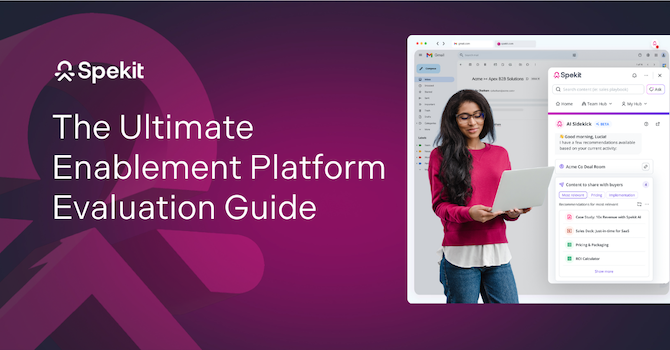The sales enablement market moved fast and sellers moved faster. Teams now work across CRM, inbox, Slack, LinkedIn, call tools, and browser tabs. The question isn’t “do we need enablement?” It’s “can enablement keep up with the way reps actually sell?”
To help you decide, we analyzed Salesforce Enablement (Sales Programs) and Spekit across real use cases: content management and delivery, sales readiness and coaching, buyer engagement, AI, analytics, admin effort, and total cost of ownership. We also drew from our recent research on adoption gaps, plus the “just-in-time enablement” best practices we’ve shared throughout this project.
TL;DR
- Salesforce Enablement (Sales Programs): Course/program-based readiness inside Salesforce. Strong when you want milestone-driven learning tied to CRM, and you have SFDC admin capacity.
- Spekit: Just-in-time enablement across every tool reps use. Unifies content, governs freshness, and uses AI to surface the best answer in seconds then maps usage to pipeline and win rates.
If you’re Salesforce-first and prefer curricula: choose Salesforce Enablement. If you need instant answers in the flow of work with lighter admin and revenue-tied insights: choose Spekit.
Salesforce Enablement vs. Spekit: Which actually drives AI-powered enablement?
Salesforce Enablement Sales Programs promises seller productivity through programs tied to workflow and results. It offers AI-assisted training, coaching, and templates inside Salesforce. That’s compelling if your sellers live exclusively in CRM and your enablement motion is program-first.
But modern revenue teams don’t work in one tab. Reps switch constantly between Salesforce, Gmail/Outlook, Slack, LinkedIn, Gong/Zoom, and the browser. The new standard for enablement is just-in-time delivery: one best answer, in under 30 seconds, exactly where work happen, governed by design and measured against sales pipeline, win rates, and time to close.
This guide reviews Salesforce Enablement Sales Programs, outlines where it fits, and shows how Spekit takes a fundamentally different approach that turns enablement into daily execution, not another destination.
What is Salesforce Enablement?
Salesforce Enablement is a sales readiness layer inside Salesforce. Teams can assemble outcome-based programs (milestones, measures, templates), embed guidance in Lightning, and analyze activity. It’s useful when you want formal programs that live in CRM and you’re comfortable managing them with Salesforce admin resources.
Good fit when:
- Your reps primarily live in Salesforce.
- You prefer LMS-style curricula and program enrollment.
- You have admin bandwidth to configure, customize, and maintain.
Where Salesforce Enablement struggles for modern teams
- Traditional learning model: Emphasizes courses, templates, and search rather than lightweight, embedded “do this next” guidance.
- Salesforce-only delivery: Helpful in CRM but reps also work in email, chat, meeting/call tools, LinkedIn, and the browser.
- Not a true CMS: Often links out to content rather than hosting, governing, and auto-updating a unified library.
- Heavy admin/IT lift: Custom objects, permissions, and reporting typically require Salesforce admins; iteration slows.
- Adoption risk: If enablement lives behind a Salesforce login, usage drops for reps operating elsewhere throughout the day.
- Outcome visibility gaps: Reporting skews to activity; tying content and guidance to stage progression and revenue requires extra modeling.
What is Salesforce’s Sales Programs Tool?
The Salesforce Sales Programs tool is one of its enablement products. It's built for businesses to provide AI-powered sales programs in sellers' workflows, coaching, feedback on reps' pitches, and improved conversational skills.
With this tool, businesses can set up sales programs in Salesforce Lightning Experience by selecting from a list of available templates and reviewing specific requirements for the program. For example, you can find a template to help sales reps sell new products and customize it to specify milestones, outcomes, and exercises for common sales use cases.
Salesforce Enablement: Salesforce Sales Program Feature Review
These are the key features, pros, and cons of the Salesforce sales program:
Salesforce Sales Programs features
- Guidance Center: Provide program activities and resources like guides, templates, sales scripts, etc., that sales reps search for
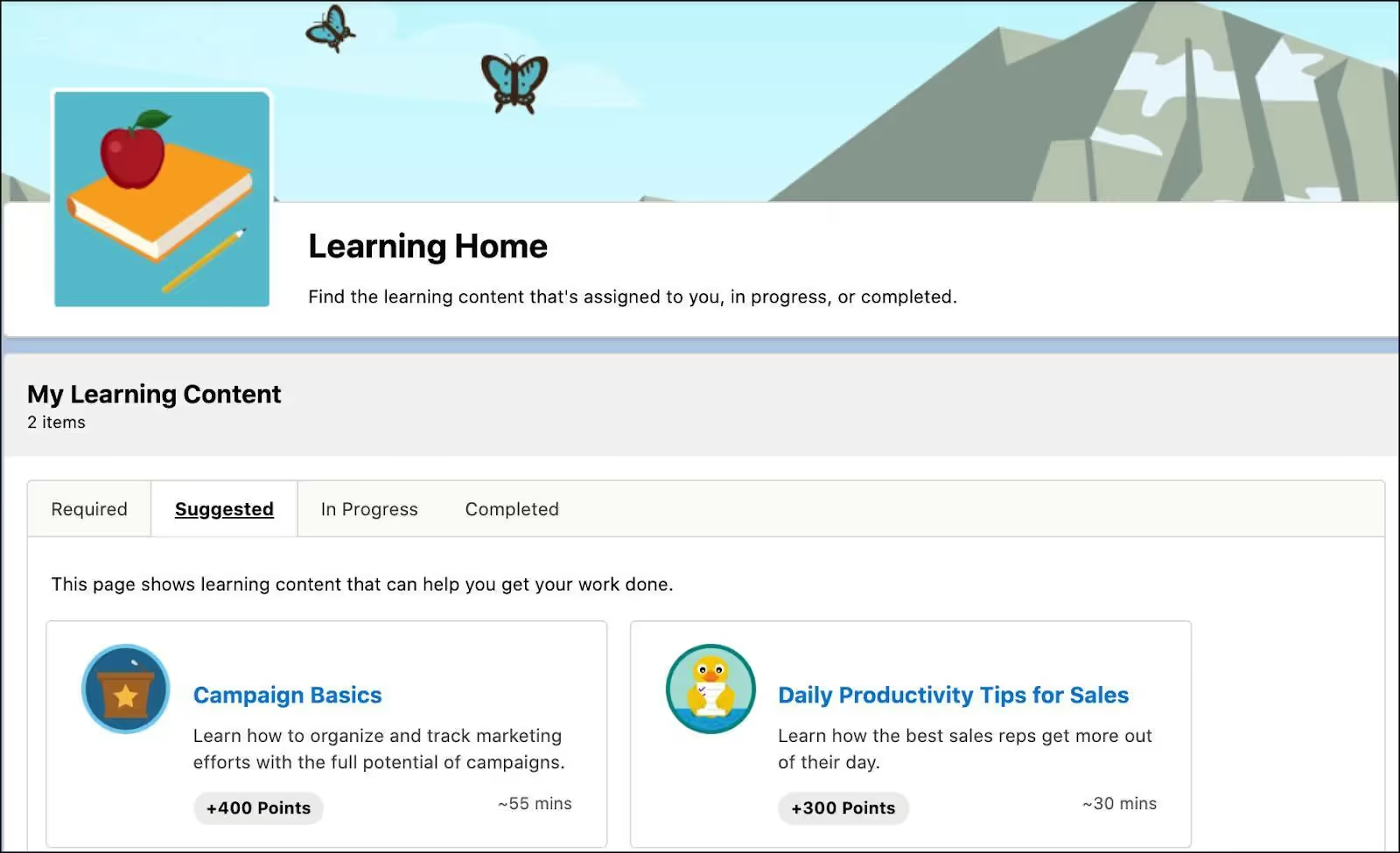
- Coaching & feedback: Embed pitch practices and coaching guidance in Salesforce
- Conversation insights & milestones: Improve sales reps performance on calls using call intelligence data and conversation milestones for talk and listen to product mentions and talk tracks
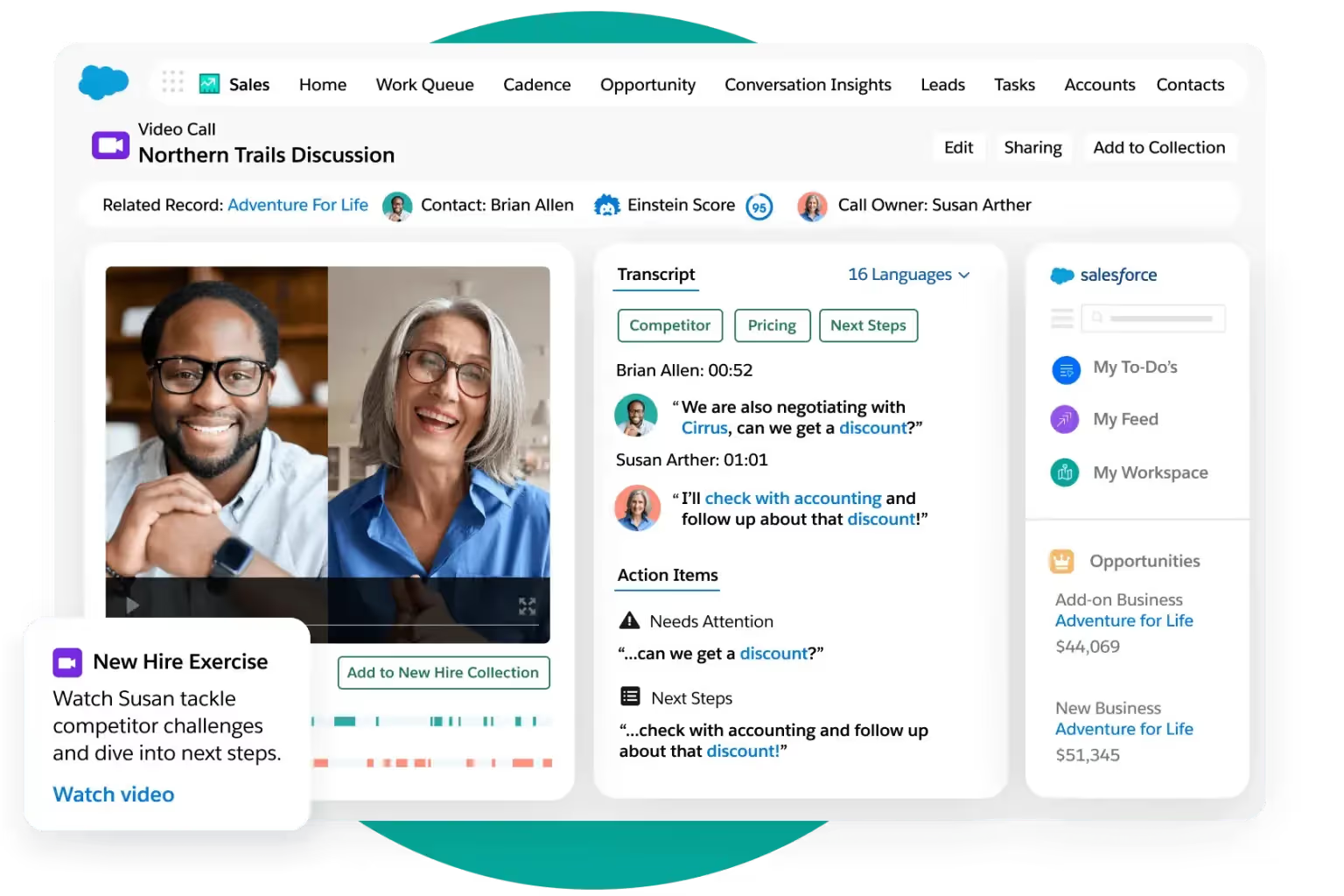
- Revenue milestones: Embed specific rep tasks in sales programs and configure revenue milestones for possible productivity gaps
- In-app guidance: Provide guidance for complex processes and program reminders/updates (manually configured)
- Program analytics: Track the progress and impact of sales programs with dashboards and analytics that reveal activities driving revenue
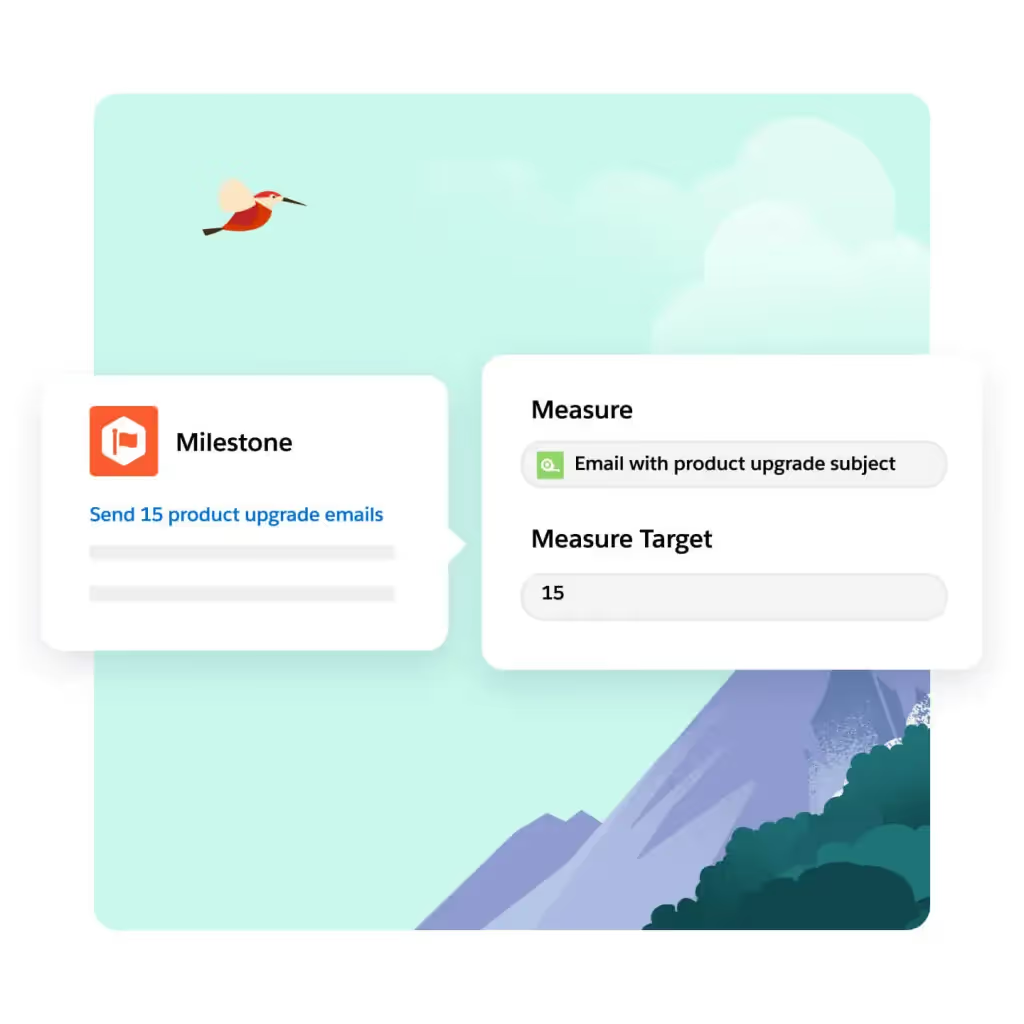
- Program builder: Create and launch sales programs tied to specific sales goals with a no-code builder inside Salesforce

- Templates: Design best practices templates for business use cases, pipeline generation, cross-selling, upselling, etc.
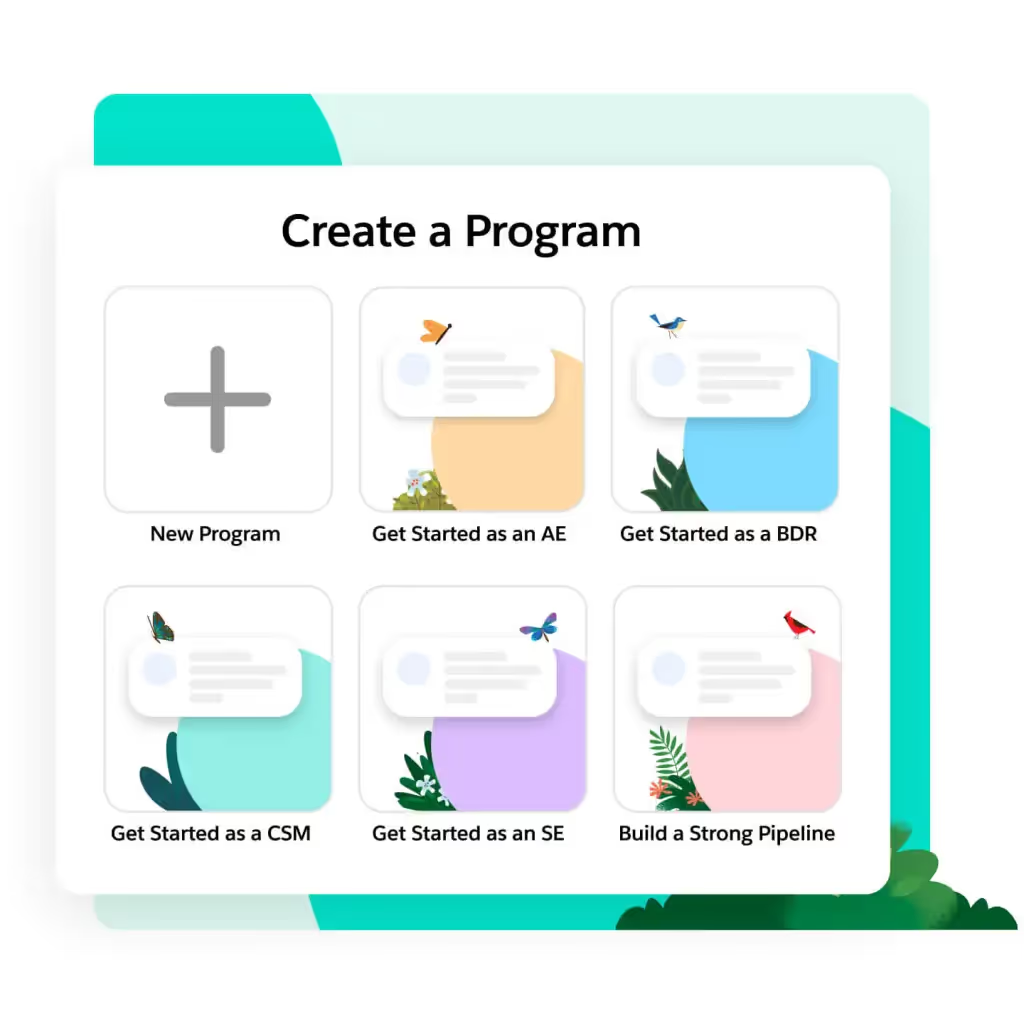
- Automated program enrollment: Trigger automatic enrollment for sellers into programs based on seller performance and challenges
Salesforce Sales Programs Pros
Wondering how the Salesforce Sales Programs can benefit your business? Here’s how:
- Reporting and analytics
- Drag and drop simplicity when building programs
- Robust data protection measures
- Scalability
Salesforce Sales Programs Cons
According to reviews on G2 and Capterra, these are some of the cons that users have complained about:
- Some users on Capterra say Salesforce is relatively expensive, especially for small businesses
- Customers in reviews on G2, have issues with Salesforce’s steep learning curve
- Compatibility issues when integrating existing tech stack
- Program customization requires technical expertise
- User reviews reveal that the platform has a clunky UI that can be a bit confusing
Sales Programs Pricing
Salesforce offers two pricing options for the sales programs:
- Sales Programs: This pricing option is billed annually at $100/user/month. It is designed for selling within a CRM. It provides access to revenue milestones, guidance center, and enablement analytics.
- Partner Tracks: This option allows sellers to activate partners with outcome-based enablement. It provides in-app guidance, milestones & outcomes, and enablement analytics. The pricing is not available on Salesforce’s website.
Best Salesforce Enablement Sales Programs Alternatives
Have you been searching for the best alternatives to Salesforce’s Sales Programs? Here they are:
1. Spekit

Spekit is the modern AI-powered enablement platform that unifies content management, enablement, and personalized guidance to help revenue teams automate workflows and close deals quicker.
Spekit combines an intelligent content management platform with AI Sidekick, the just-in-time sales assistant™ that leverages signals from CRM, call intelligence, and communication tools to deliver personalized guidance, content, and recommendations directly to reps right within their flow of work.
Sidekick embeds contextual AI agents into a rep’s daily tasks to anticipate needs and automate workflows like curating and creating content, or building Deal Rooms.
By surfacing personalized guidance and resources directly in their flow of work, Sidekick enables reps to prepare for calls, follow up, and launch custom Deal Rooms in seconds.
Granular analytics on content consumption and buyer engagement show sales leaders which initiatives move deals forward, what content directly impacts pipeline, and where performance breaks down.
By combining these insights with AI-driven guidance, Spekit strengthens change management to drive stronger adoption and accelerate execution at scale.
Read here to learn how one customer switched from an existing CMS like Salesforce Enablement to Spekit to solve their CMS needs and achieved 90% faster content discovery by reps.
How Spekit is different (and why teams switch)
Spekit is the modern, AI-powered enablement platform built for in-flow execution. It unifies content management, governance, and just-in-time delivery across every tool reps use, with a context engine that surfaces one best answer and proves impact on pipeline and revenue.
- In the flow of work, everywhere: Chrome, Salesforce, Gmail/Outlook, Slack, LinkedIn, Gong, and more - no tab-switching.
- AI Sidekick: Reads context (email, call, record, page) to recommend the best snippet, play, proof, or next step.
- Governed content layer: Syncs Drive, SharePoint, and Confluence; dedupes, flags freshness, tracks ownership, and cascades updates automatically.
- Deal Rooms & trackable links: Package buyer-ready content in seconds; engagement rolls up to opportunities.
- Revenue insights: Connects enablement touches to stage movement, influenced pipeline, and closed-won out of the box.
- Admin-light: Create, update, and deliver content without rebuilding Salesforce; iterate in minutes, not sprints.
Result: less searching, fewer hand-offs, faster ramp, higher win rates, and measurable ROI.
2. Salesloft

Salesloft is an enablement platform that’s best for managing revenue workflows. It is an AI-powered revenue orchestration solution that equips marketing and sales teams with tools like sales call tracking and lead management and offers courses/certifications to upskill sellers.
Salesloft has an AI-powered signal-to-action tool for prioritizing sellers' workflow, mapping buyer signals in real time, and consolidating their tech stack into one platform. It offers APIs for custom integrations with other enablement software.
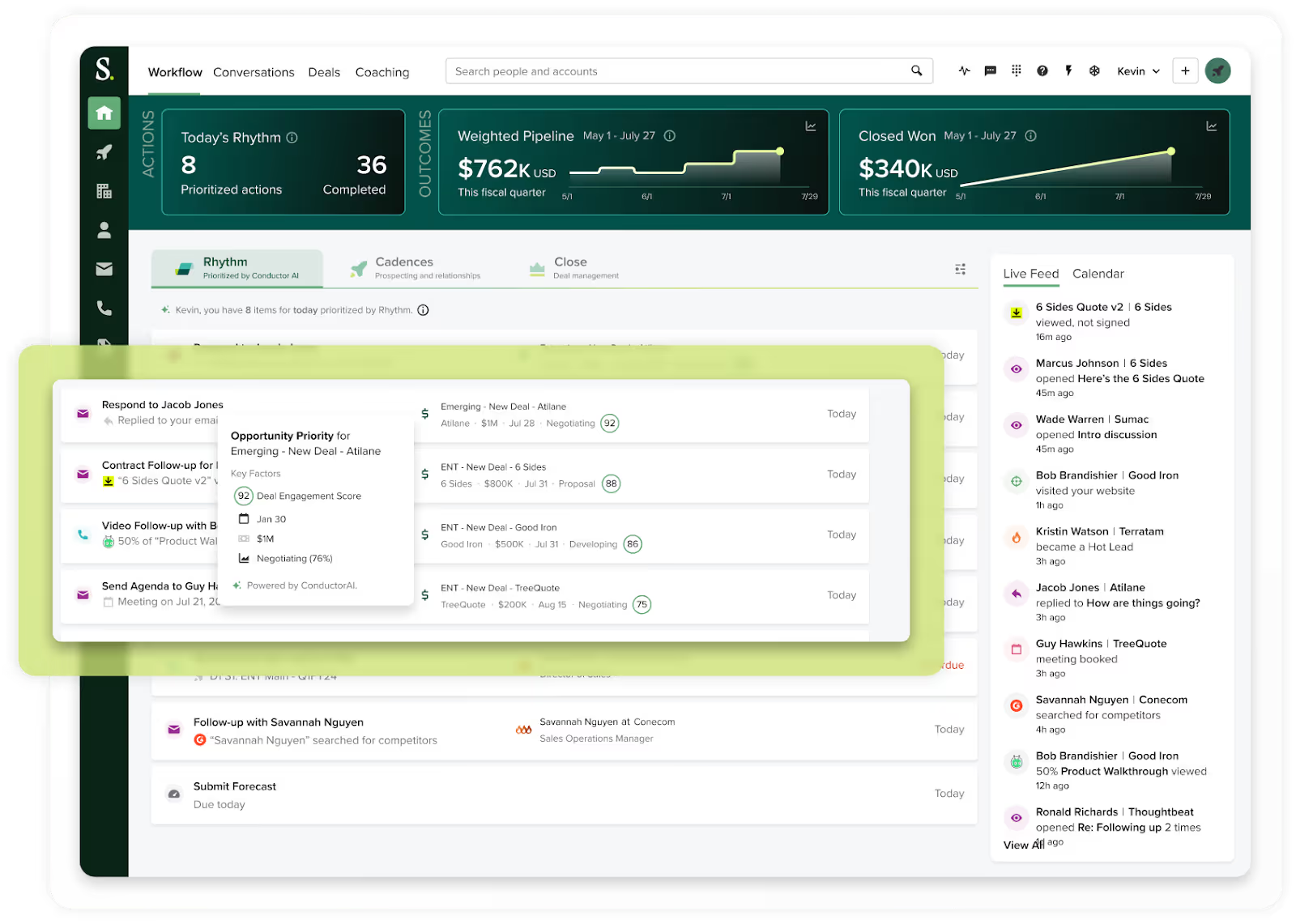
Key Features:
- Pipeline management and forecasting
- AI-powered buyer engagement platform
- Sales forecasting tool
- Rhythm for prioritizing seller workflows
3. HubSpot

HubSpot is a customer enablement platform that provides resources, software, and integrations businesses need to connect their sales, marketing, and customer-facing teams to training, coaching, and resources. It has various hubs: sales, marketing, service, content, operations, and commerce, all connected to a single CRM database for teams to view customer data at each stage of the customer journey.
The HubSpot academy gives sales teams access to pre-built selling courses, training, and coaching. The platform also provides developer tools for building customized integrations and websites. It integrates with Gmail, Shopify, Mailchimp, and Zapier.

Key Features:
- ClearBit by Hubspot to clean public data into standardized data sets
- AI website builder and content writer
- Marketing automation, analytics, and lead generation
- Knowledge base
4. Revenue.io

Revenue.io offers enablement for pipeline generation, sales engagement, quota attainment, sales coaching, and rep ramp time. It is an AI-powered platform that helps businesses give real-time guidance to sales reps and customer success teams. The platform automates sales engagement, enabling reps to keep track of customer conversations and follow up properly.
Revenue.io provides solutions for sales reps to target customers at the right time and send personalized pitches or sales content. The platform integrates with productivity tools like Salesforce, Zoom, and Gmail.
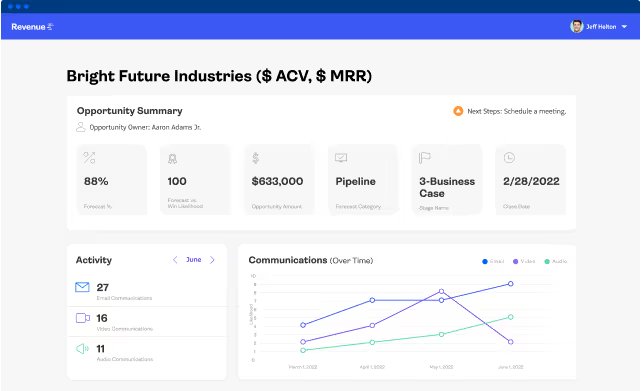
Key Features:
- Sales analytics tool
- Call recording software for conversation intelligence
- Revenue intelligence solution
- Sales cadence software for tracking buyers
5. Reply.io
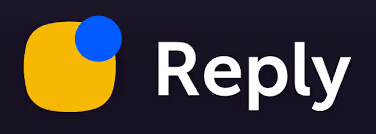
Reply.io is a sales engagement solution designed to automate customer outreach and scale multi-channel customer acquisition. It helps businesses build multi-channel sequences for seller workflow from the prospecting stage through customer touchpoints and engagement scenarios. It provides an AI sales assistant to help sales reps compose emails and handle basic customer responses.
Reply.io is useful for inbound and outbound sales, account-based sales, agency prospecting, and recruitment. It integrates with Hubspot and Salesforce and lets users build their own tech stack using no-code tools and APIs.

Key Features:
- Email health check
- Google postmaster integration
- Social network automation
- Reporting and analytics
6. SalesOS
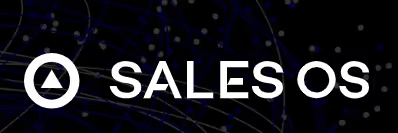
SalesOS has an enterprise sales program framework for businesses to manage sellers, pitches, and pipeline stages. It helps improve sales pipeline health through customized solutions, from assessing your existing sales program to building and deploying a customized sales operating blueprint.
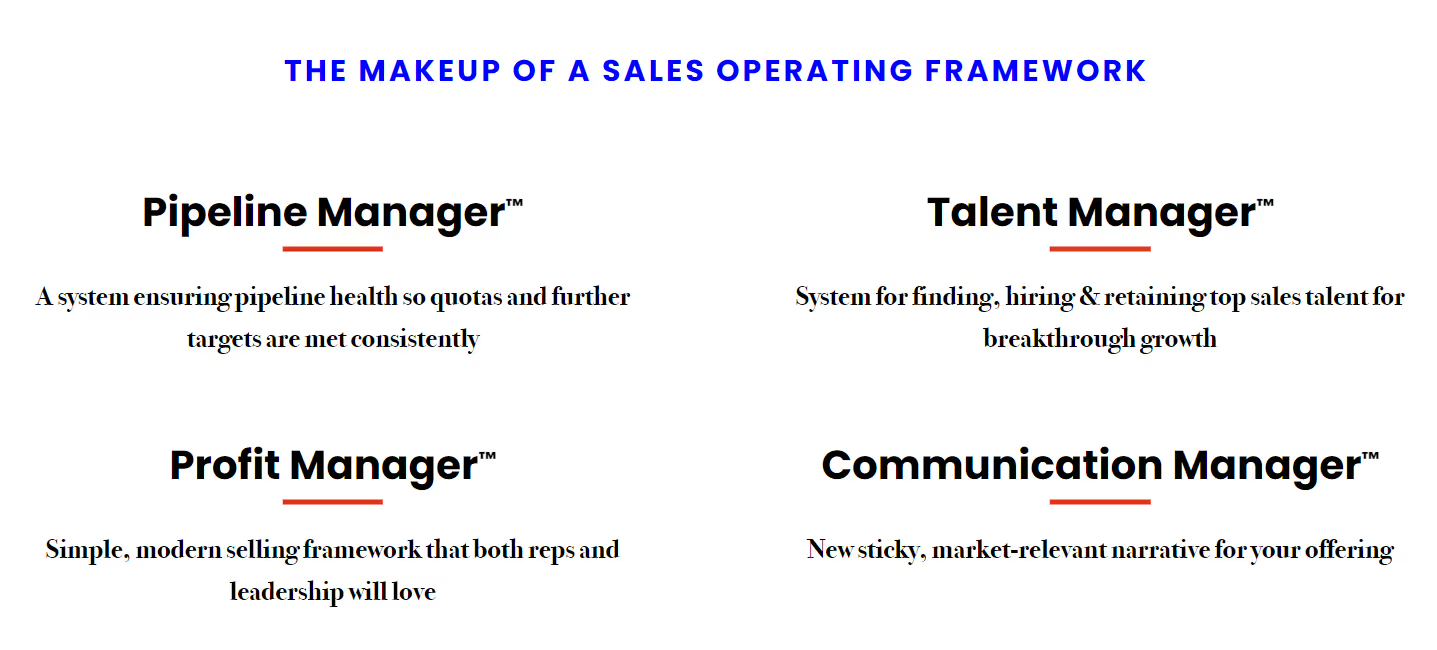
Key Features:
- Profit management
- Talent management
- Pipeline management
- Communications management
7. Groove
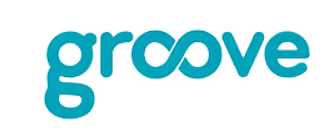
Groove is a sales and revenue enablement platform acquired by Clari. It unifies a business's revenue enablement efforts on a single platform using tools like a custom-built go-to-market strategy engine, AI-assisted selling, sales prospecting, and automated lead follow-up.
Groove automates seller workflow using triggers that can be set up to perform time-sensitive tasks or actions. It provides native integrations to Salesforce and LinkedIn Sales Navigator.
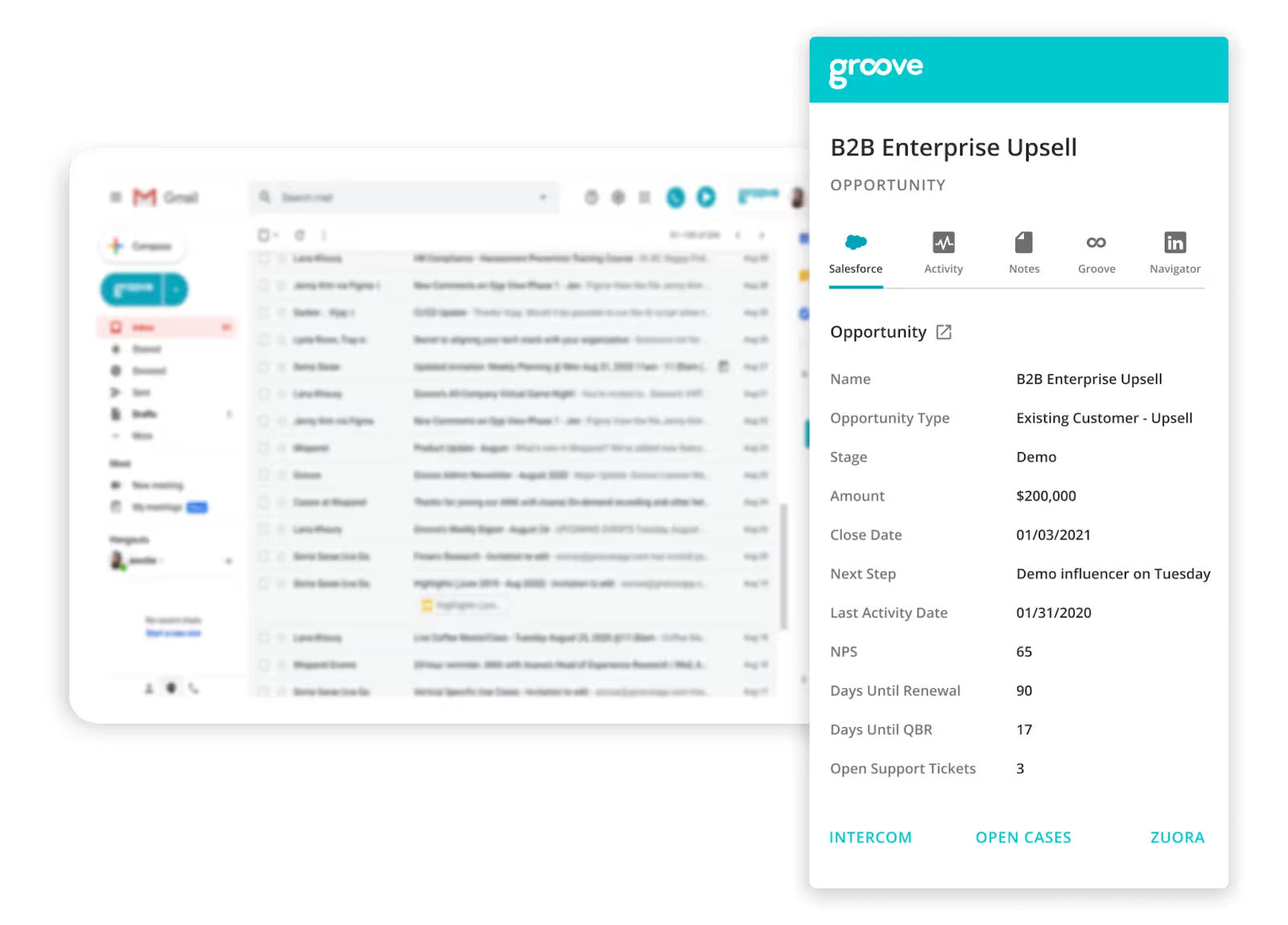
Key Features:
- Workflow automation
- A/B testing
- Conversation intelligence
- Analytics
8. Showpad

Showpad is an enterprise operating system that enables sellers with the training, content, and materials needed to engage buyers. It offers solutions for sales content management, buyer engagement, seller coaching, and analytics.
Showpad’s core is its shared spaces designed for collaboration between buyers and sellers. The platform further supports collaboration through an open API and preconfigured integrations that fit into existing workflows and processes.
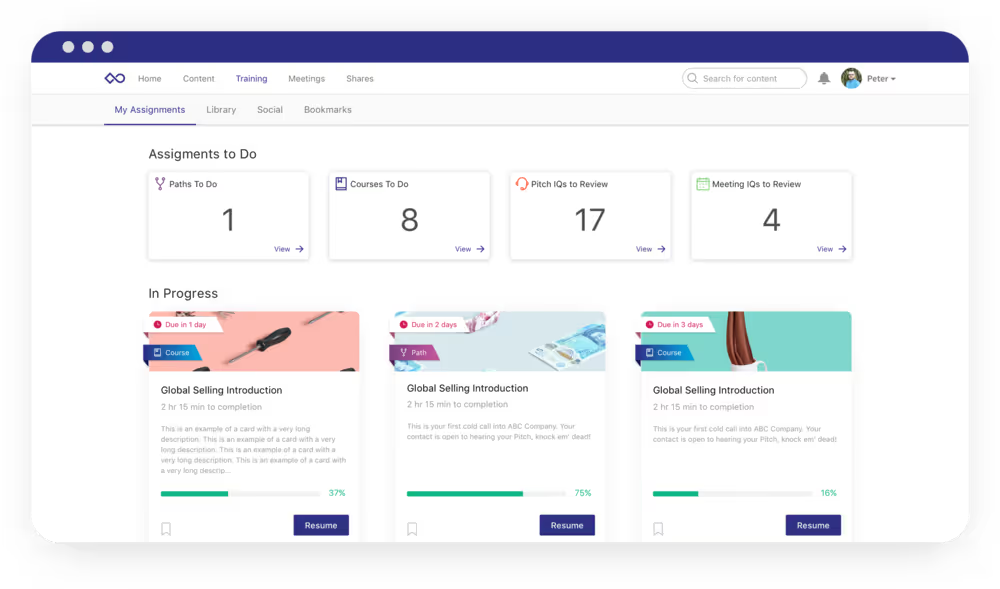
Key Features:
- Sales content management
- Seller and enablement analytics
- Guided selling
- 360 immersive showrooms for buyer engagement
9. Allego
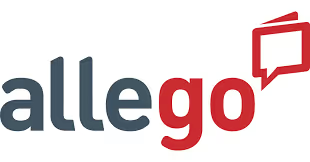
Allego is a learning and enablement platform that works best for training sales enablement teams. It is designed for hybrid sales teams to access the necessary skills, content, and knowledge. Sellers can leverage peer-to-peer learning to boost retention rates and receive feedback on their engagements with customers through conversation intelligence.
Allego supports revenue objectives like activating seller channels, designing digital buyer experiences, and launching new products and processes. The platforms integrate with Dropbox, HubSpot, and Cloudcall.

Key Features:
- Digital Sales Rooms for engaging buyers
- Sales content management
- Conversation intelligence tool
- Analytics and reporting tool
10. Microsoft Dynamics 365 Sales

Microsoft Dynamics 365 Sales is built to enable sales reps to sell more easily with AI-powered enablement, automation, and real-time insights built into their flow of work. It helps businesses prioritize their pipeline through AI scoring models and data visualizations of prospects/customers.
It integrates with all other Microsoft 365 apps so reps can sync customer data across their tech stack.
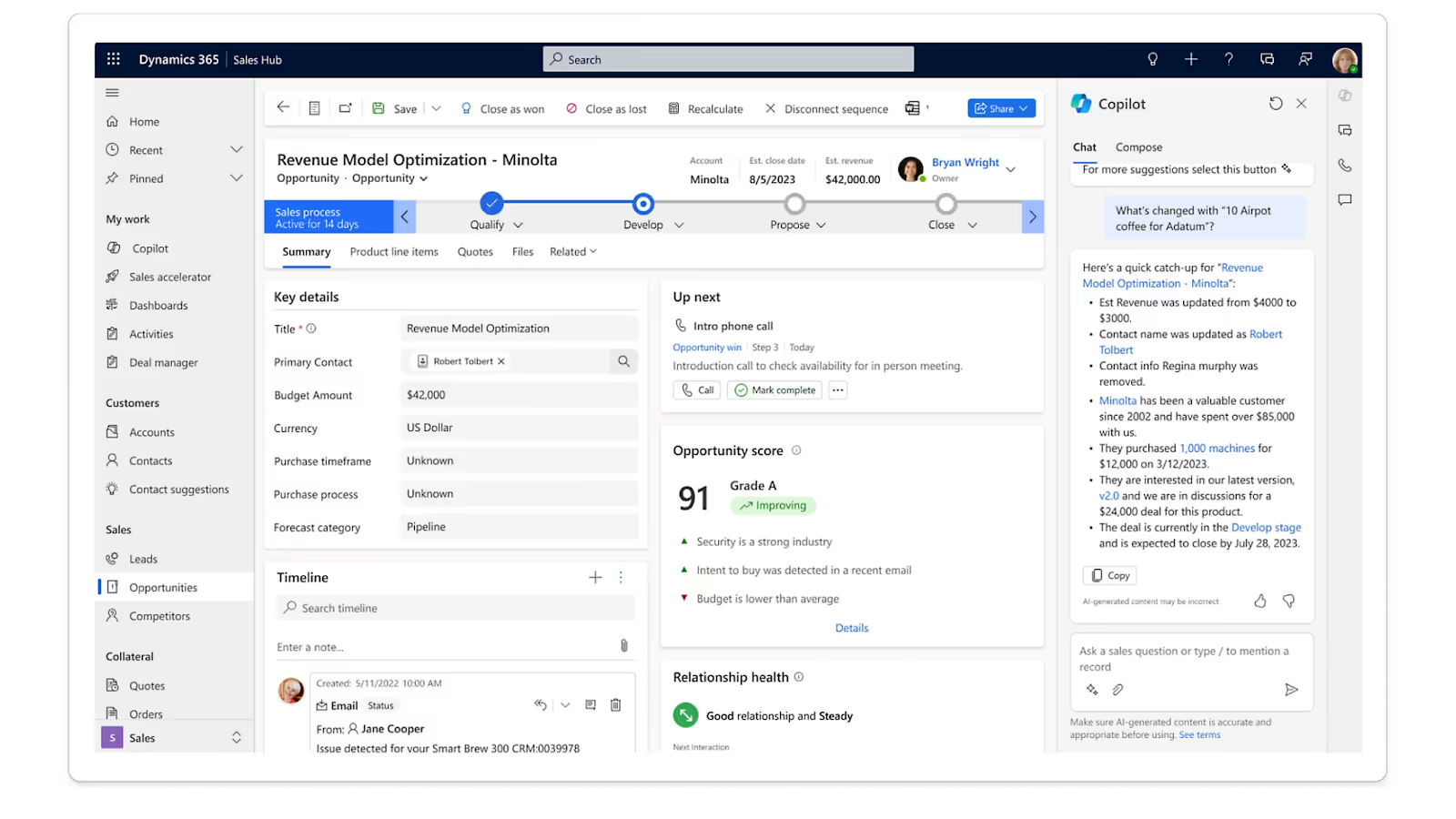
Key Features:
- Customer-specific email draft generator
- Real-time insights
- Copilot for generating summaries of customer details
- AI-based scoring models
Choose the Best Alternative to Salesforce’s Sales Programs Tool
If you’ve evaluated the Salesforce Sales Programs, but it is relatively expensive, has a steep learning curve delaying reps’ adoption, or has compatibility issues with your existing tech stack, you should try an alternative platform that offers all the features and functionality you need to give your sales reps AI-powered sales enablement.
Spekit is a great alternative to Salesforce’s Sales Programs tool.
Both products talk about “enablement,” but they solve different problems. Salesforce Enablement is a CRM-centric program layer. Spekit is an in-flow execution system: a governed content layer plus a context engine that delivers the next best guidance anywhere your reps work and proves its impact.
If your goal is fewer clicks, faster ramp, consistent messaging, and measurable revenue impact, Spekit is the obvious choice.






